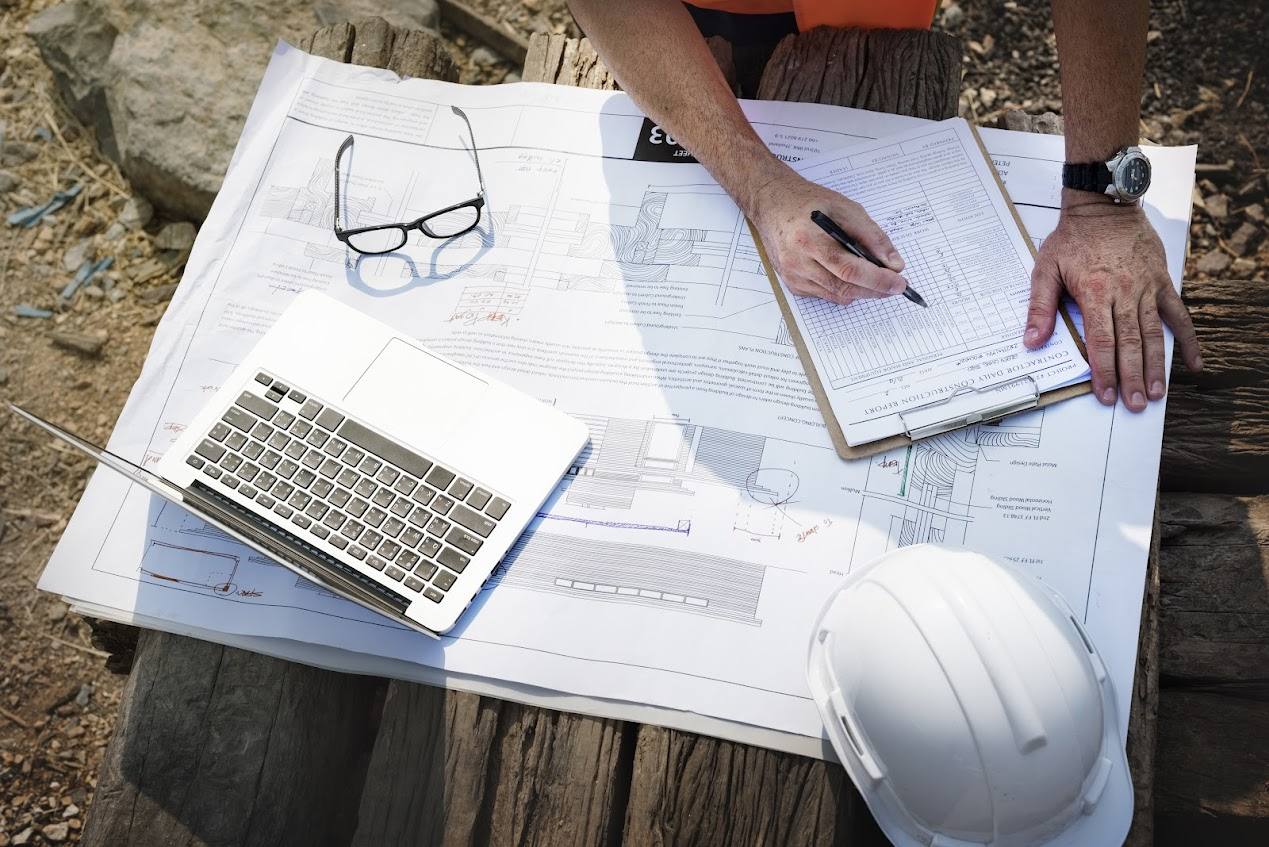A site survey is necessary if you plan to get or update your network components and cabling! You wouldn’t want the look of your home or office to be ruined because of an improper installation job which additionally results in impaired network functionality. To mitigate such risks, site surveys are essential to clear your expectations to the professionals and develop the best possible action plan.
A site survey is planning and designing the network type you require. It involves the installation of cables, network components, wifi coverage, access points, data rates, and other items to support your system entirely. The purpose of a site survey is to have a complete understanding of the facility’s requirements to determine the number and placement of access points which will give adequate coverage. Especially with wireless systems, a site survey provides a thorough understanding of placement points so the signals can easily pass through all directions. Here is what the process will look like when you get a site survey.
How to Conduct an Effective Site Survey?
A site survey involves visiting and examining the facility, analyzing the floor plans, and using site survey tools to measure elevation, angles, and boundaries. The time and complexity of the survey are determined by how big the facility is and where it is located. Moreover, if there is any nearby RF interference [1] from any other LAN that may disrupt the signals, in this case, a different channel will be chosen, or wall plates will be used. A larger facility requires an in-depth survey of the site. With it, you can avoid issues like low performance in some areas and inadequate coverage. These are steps that are generally performed in a site survey.
1. Examine the Floor Plan
The first thing you must do for a site survey is get the site’s floor plan. This will be very beneficial in planning and preparing for your site visit. It will give you more insights about the place, such as hidden features or obstacles you may not notice.
If you are still trying to get a blueprint or a floor plan, you can use survey tools to help you make one (mapping software) [2].
2. Plan the Site Visit
Planning before you go on the site visit is crucial. It helps you focus on the information required to execute a flawless installation. Hence prepare a set of questions that you need to ask. The questions may be related to the floor plan, such as unclear areas or spaces that are concerning. With preparation, you may remember to ask vital questions, especially if visiting multiple sites.
3. Go for the Site Visit
Go through the facility, observe, and test the accuracy of the floor plan. Look for barriers that may block or hinder RF signals, such as physical firewalls, metal racks & partitions items that don’t appear on blueprints. Observe the potential areas for access points. When checking out the spaces, ask what each space is used for. Understanding each space will help you understand the requirements and formulate a comprehensive action plan.
4. Check the Existing Infrastructure
When installing a system, you can upgrade or install a new one from scratch. In the case of boosting, you will find preexisting infrastructure from the previous installation. This can be useful to you to support the new system. You can determine the capacity of existing wired networks, which can interface access points or mesh nodes. This way, the new system be integrated into the existing wired architecture.
If working on a new site, a data cabling company will estimate how long the installation will take. The location and your requirements will determine this.
5. Access the Coverage Area
Identifying the area you will cover on the floor map is essential to save time and resources surveying other parts of the building. The coverage can include offices, utility rooms, hallways, bathrooms, patios, balconies, elevators, parking, etc. Note the areas where users will not receive the coverage so that you do not need to inspect them. This will help you optimize the usage by adding fewer access points covering adequate areas, saving costs.
6. Go Over the Access Point Needs
Once you have surveyed and analyzed the coverage area, you can determine the access points [3] needed in the space. You can estimate by considering the location of wireless users and the range of wireless LAN. Choose the right placement for access points considering the overlap of adjacent points and inter-access point interference.
7. Test Access Point Placements
Once you have accessed and determined the placement of the access points, it is time to text them. You can use wireless site survey software, which checks for data rate, signal strength, and quality. Install each access point and check its reading on the site survey software. Walk a few distances from the access point and monitor the reading at different points. This testing lets you see if the access points are in the right areas. If not, then you will have to relocate and retest them.
Finally, diagnose any issue that may arise in the installed system, test, and ensure everything works perfectly.
8. Note and Document the Findings
Everything from the start of the survey till the end should be noted and documented so that the requirements are perfectly delivered. You can document the whole process on a cloud-based platform for ease of access by other members. Once the final installation is done, all the access points must be identified on the floor plan. This is especially important for the installers.
FAQs
1. What is a site survey, and what is its purpose?
A site survey is when an installation company comes to your facility to evaluate the facility to provide a network solution. This involves the planning and designing of the type of network you require. The purpose is to identify and place the strongest cell signal and a booster.
2. What tools do site surveyors use?
Site surveyors use multiple tools, including theodolite, measuring tape, total station, GPS/GNSS, level, 3D scanners, and distance meters. They also use site surveying software to help measure and test the space.
3. Is a site survey critical?
This is the most important step before designing and executing an installation. Observations from this survey form a basis on which the design and execution start. It is used to measure and draft a plan of action.
4. A site survey is usually performed due to which concerns?
A site survey can be done of any facility like a school, office, hospital, hotel, etc. When performing a site survey, there are two main concerns: finding the RF coverage and interference. The main reason is to find the right access points to cover the facility adequately.
References:
[1]https://www.svconline.com/resources/understanding-and-controlling-rf-interference-364849
[2]https://dynomapper.com/blog/16-sitemap-generator/164-top-50-sitemap-generators-for-creating-sitemaps











